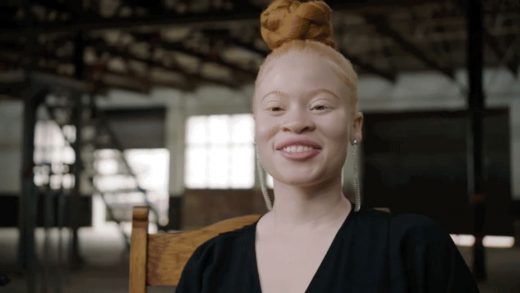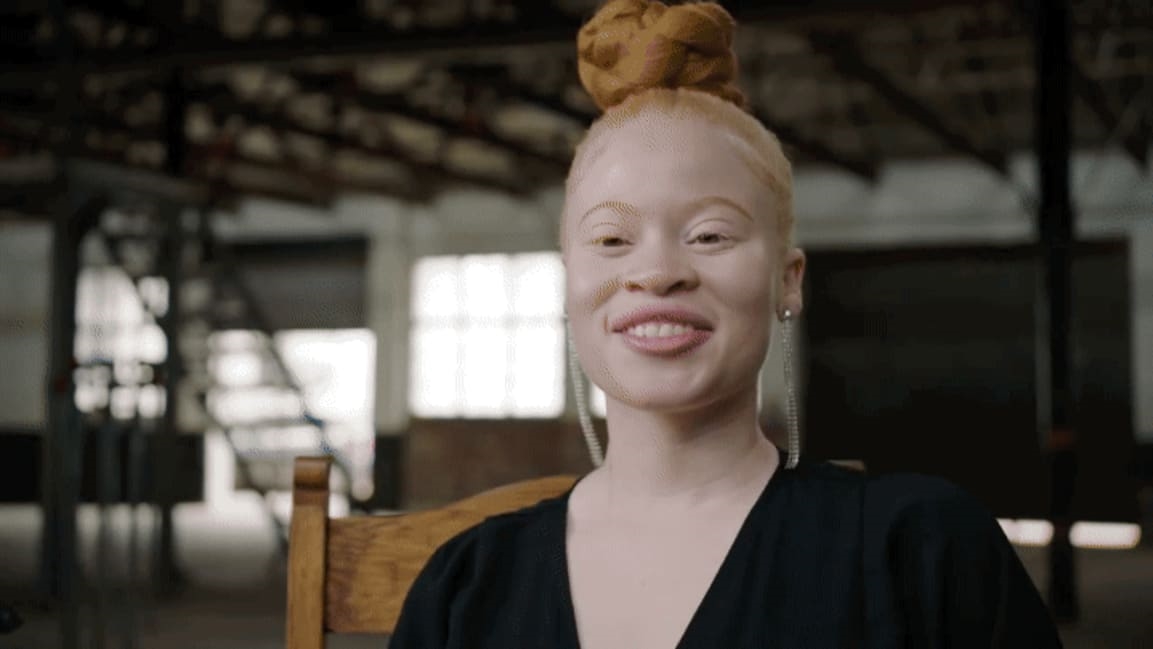Dove is paying for other brands to put more diverse faces in their ads
What does it take to get a more diverse group of faces in advertising? Dove is aiming to find out with a new campaign that offers up its own models to appear in other brands’ commercials for free, in order to encourage them to consider new looks.
In “It’s On Us,” Dove sends an open invitation to any brand and advertiser in the world, offering to pay for Dove models’ appearance fee if they’re put in other ads. The models talk about how they’re often received at auditions and the feedback they get: Too dark. Too short. Too thick. Not a good fit.
Created by Madrid-based agency LOLA MullenLowe, this is a natural evolution of 2019’s “Project #ShowUs,” where Dove partnered with Getty Images to create more than 10,000 diverse stock photos to share with other brands. Since then, more than 2,000 companies have downloaded those images to use. This is the brand aiming to take the idea even further, using cold hard cash to shake brands out of a default approach to advertising that often favors thin, white, heterogenous models.
So far, four brands have taken Dove up on its open offer: Magnum ice cream, Cif soap, South African financial institution Nedbank, and Krispy Kreme.
Dove is owned by Unilever, a global company that spends more than $6 billion a year on advertising. The parent company appears to be taking a bit of its own medicine, as it also owns both Magnum and Cif. Unilever earlier this year pledged to purge its ads of any stereotypes. But it’s not a new declaration. The company made a similar pledge in 2016 after its own research found that 40% of women say they do not identify at all with the women they see in ads in general. This week, in its press release for this campaign, Dove reported that 70% of women “do not feel represented in media and advertising and every day, women’s lives are affected by these limitations, exclusions, and stereotypes.” So according to Unilever’s own research, there appears to be an increase in that feeling of misrepresentation over the past five years.
As an ad strategy, it’s a clever move for Dove. Since 2004, when the brand launched “The Dove Campaign for Real Beauty,” Dove has built its entire brand on celebrating beauty across a broad spectrum. Since then it has created compelling advertising on the subject that has both grabbed consumers’ attention and won awards, from 2006’s “Evolution” to “Real Beauty Sketches” in 2013, among others.
In a statement, LOLA MullenLowe Madrid’s Executive Creative Director Tomas Ostiglia said, “this project really drove home how difficult it is to promote real beauty in advertising. Even when offering Dove’s real beauty women to brands at no cost at all. Hopefully this campaign will encourage many more to genuinely do something about this problem.”
Encourage is one word. Ad-shaming is a better one. Perhaps the latter strategy is one that might finally work, since diversity and representation in advertising are issues that brands and advertisers have been talking about for eons. But, as this campaign can attest, with little results. The problem remains that it’s a lot easier to post a black square in solidarity with Black Lives Matter on the corporate Instagram feed than alter institutional practices. We see it in hiring and promotion, and we see it reflected in advertising.
It’s sad that this kind of shaming from a commercial contemporary like Dove even needs to exist, but it only illustrates how more sustained activism, like that from organizations like Color of Change, is as important as ever to force brands to care as much about how they act, as they do about how they look.
(35)



